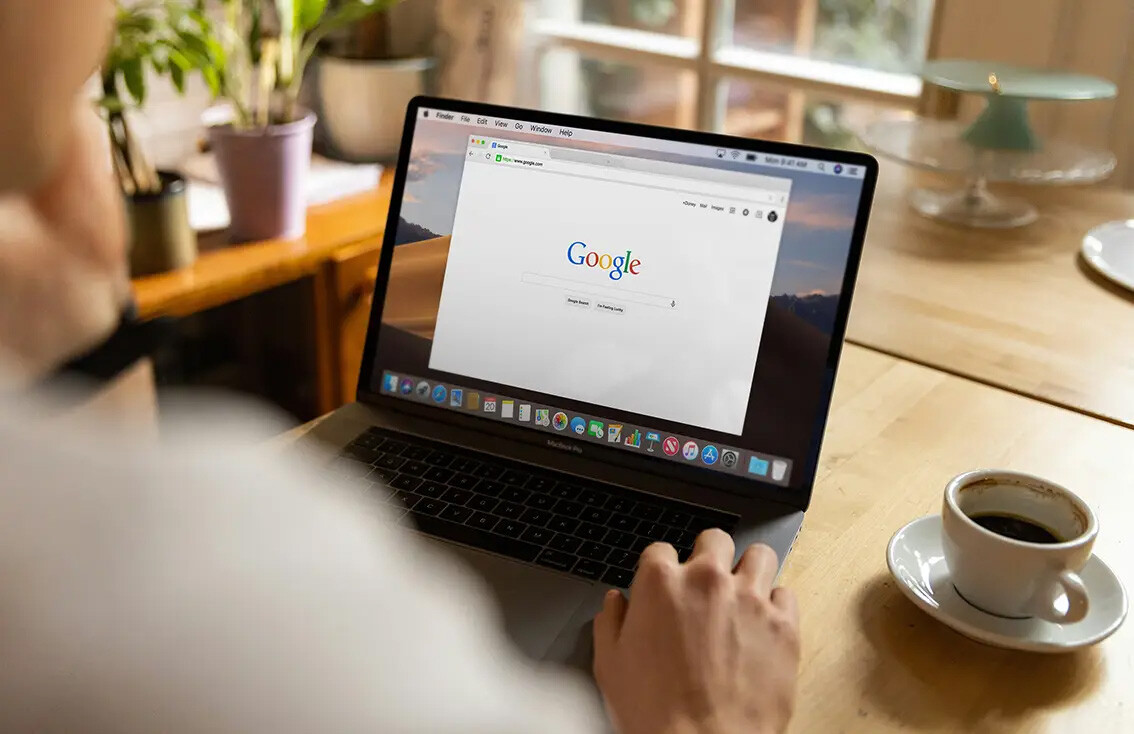Google Delays Third-Party Cookie Phase-Out: What Marketers Need to Know
by Anthony Botibol on 25.4.2024

The demise of third-party cookies has been a hot topic among marketers for the past couple of years with many having already started preparing their strategies for a cookieless world. Google’s announcement to delay the phase-out of third-party cookies in Chrome to Q1 of 2025 has provoked a wide reaction from the digital advertising industry. At Relay42, we've been at the forefront of the Privacy Sandbox initiative since its inception, and as the sole CDP collaborating with Google, we've been involved in early testing and implementation, supporting marketing teams in their transition to cookie-free advertising.
So what does the Privacy Sandbox delay mean for marketing teams?
Let’s delve into the implications of the announcement for marketers, their strategies, and the future of digital marketing.
More time to future-proof digital marketing strategies
In short, the extension of the phase-out timeline allows the entire online industry additional preparation time for the eventual discontinuation of third-party cookies from Chrome.
However, this doesn’t mean a standstill. Since the first announcement in 2020, Google has remained committed to deprecating third-party cookies, actively collaborating with stakeholders from across the industry. With Privacy Sandbox, Google aims to provide a set of solutions (so far more than 20 different technologies) that safeguard user privacy while ensuring the effectiveness of digital advertising. Back in January 2024, Google Chrome deprecated third-party cookies for 1% of its users, to allow the industry to test the new solutions. Google's recent decision to extend the lifespan of third-party cookies shows the complexities involved in creating solutions that meet all the requirements of advertisers, publishers, tech providers, and regulators.
The new working timeline for the full phase-out is Q1 of 2025, just a few months after the previously communicated deadline. While the precise date remains uncertain, Google continues to actively collaborate with industry stakeholders and is committed to phasing third-party cookies as soon as possible.
For marketing teams that have already taken steps to mitigate their reliance on these cookies, the extended deadline will allow for additional time to A/B test the performance of existing versus new solutions. However, for those who have yet to begin future-proofing their marketing strategies, these extra months provide valuable additional time to start the process.
Extra time to fix the leaks in the marketing funnel
For brands reliant upon third-party cookies, transitioning to cookieless advertising won't be an overnight switch; it demands a thorough examination of their entire digital marketing funnel.
When talking about the deprecation of third-party cookies from Google Chrome, the main concern for digital marketers is related to customer acquisition, and in particular: 1) the reach of their advertising; 2) the number of new customers gained through retargeting; 3) reporting and attribution; and 4) the growing costs of customer acquisition.
Acquiring new customers is essential in driving business growth, generating revenue, and increasing market share, but in the absence of third-party data in a cookieless world, traditional acquisition tactics will lose their effectiveness. As one of our experts recently shared in a blog article, the demise of third-party cookies will hurt the return on ad spend (ROAS) and advertising measurement.
Without replacement strategies for third-party cookie deprecation, marketing teams will lose the ability to retarget prospects with relevant offerings, bring them back to the website, and encourage them to convert. To maintain lead generation and customer acquisition, it's crucial to equip your marketing stack with a diverse range of capabilities such as ID Graphs, data clean rooms, website personalization of anonymous visitors, predictive AI, contextual targeting solutions, zero-party data collection programs, and data partnerships.
However, finding the optimal mix, understanding these solutions, and experimenting with them is a process that requires time and effort. And every marketing team must tailor their approach based on its unique strategies and goals.
Looking beyond customer acquisition
As reliance on third-party data decreases, prioritizing mid and lower-funnel activities becomes increasingly crucial. That's why marketing teams must broaden their focus beyond the top of the marketing funnel, ensuring they capture consented customer data across the middle and bottom stages as well.
In a recent webinar, our founder and head of customer success both delved deep into the leaks that occur at all stages of the marketing funnel and offered actionable solutions to remedy them. By leveraging all available first-party behavior data, marketers can compensate for the performance loss on the top of the funnel and reach their commercial goals by driving cross-sells and upsells from existing customers.
At Relay42, we believe that establishing a solid first-party data foundation is essential for marketers, as it promises to enhance their overall marketing performance significantly. And of course, by removing the reliance on third-party data, marketing teams will ensure that they are ready to transition to a cookieless world when Google finally pulls the plug on third-party cookies.
Privacy-native solutions are the future of the digital industry
Google’s decision to move away from third-party cookies is fueled by an increasing focus on consumer privacy around the world. It might be hard to believe, but third-party cookies have served as the backbone of digital advertising for thirty years! The digital landscape was vastly different in those early years, with consumer privacy regulations taking time to catch up with the proliferation of cookie usage. Fast forward to 2024, and we witness a significant shift where consumer privacy takes center stage.
Third-party cookies represent an outdated technology and the AdTech industry is already strongly transitioning towards privacy-safe solutions. They have been discontinued in Safari since 2017 and in Mozilla since 2019. So while Google, with a far bigger role to play in digital advertising, understandably takes its time, the cookieless future is very much here already!
The Privacy Sandbox initiative underscores the urgency of prioritizing consumer trust and transparency in data collection and usage practices. The delay in the full demise of cookies from Chrome offers marketing teams more time to adapt their strategies in alignment with evolving privacy regulations. Marketers must seize this opportunity to reassess their approach to data privacy and use the time to future-proof their marketing stacks.
Seeking strategic guidance on adapting your marketing for a cookieless world?
Reach out for a private consultation with one of our experts in cookieless marketing here.
You May Also Like
These Related Stories

How Google’s Removal of Third-Party Cookies in Chrome Will Affect Your RoAS

The Cookieless World Has Arrived! (At Least for 1% of Chrome Browsers)


.png?width=786&height=265&name=Relay42%20Demo%20Banner%20(1).png)